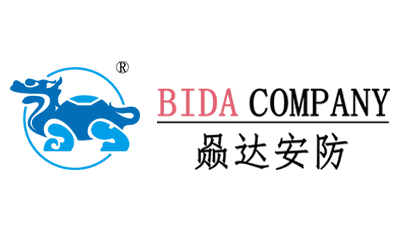Les filets d'ombrage, également appelés toiles d'ombrage, sont des tissus polyvalents conçus pour bloquer une partie de la lumière du soleil et des rayons UV, offrant ainsi une protection aux plantes, aux personnes et à divers espaces extérieurs. Ils sont couramment utilisés dans l'agriculture, le jardinage et la construction pour créer des environnements ombragés.
Types of Shade Nets:
Material: Most shade nets are made from high-density polyethylene (HDPE), known for its durability and UV resistance.
Weaving Types:
Woven Shade Nets: Created by interlacing yarns at right angles, resulting in a rigid, grid-like structure.
Knitted Shade Nets: Made by interlocking yarns, offering flexibility and resistance to tearing.
Shade Percentages:
Shade nets come in various shading factors, typically ranging from 30% to 90%. The higher the percentage, the more sunlight is blocked. Selecting the appropriate shading factor depends on the specific needs of your plants or the desired level of shade.
Applications:
Agriculture and Gardening: Protects plants from excessive sunlight, reduces water evaporation, and shields against pests.
Construction Sites: Provides privacy and safety by concealing work areas.
Outdoor Spaces: Creates shaded areas for patios, playgrounds, and seating areas.
Considerations When Choosing a Shade Net:
Shade Requirement: Assess the specific shading needs of your plants or area.
Durability: Opt for UV-resistant nets to ensure longevity.
Color: Black nets are common, but other colors may be available depending on the manufacturer.


